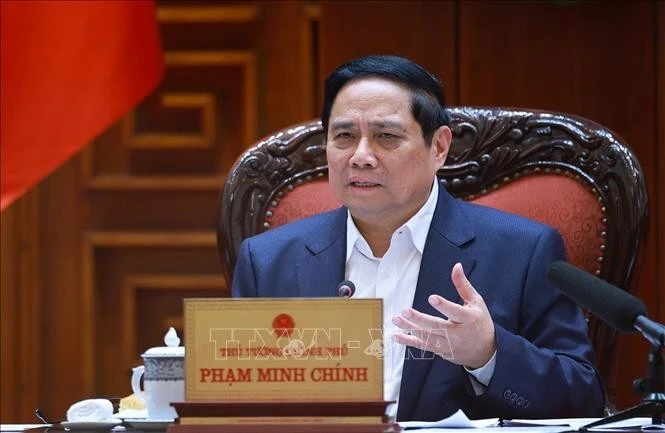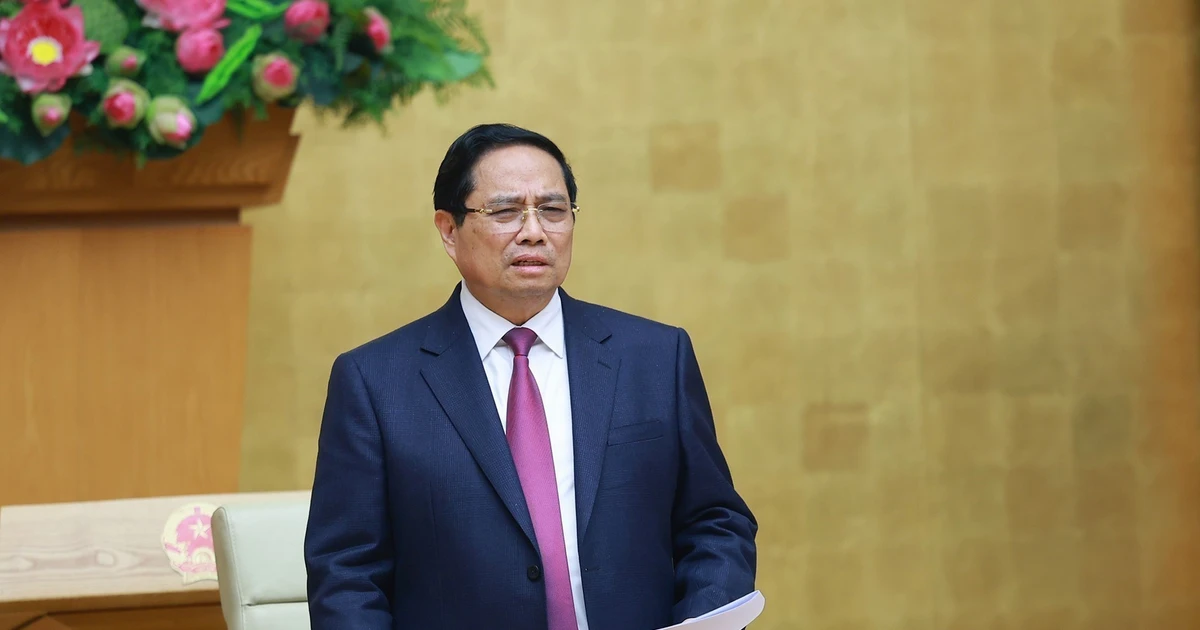As the institution for organising the space for state power management, the system of territorial administrative units directly impacts effectiveness and efficiency of the national governance, the mobilisation and allocation of resources, and the capacity to meet socio-economic development demands in each region.
Viet Nam’s state governance modernisation process is taking place amid profound global transformations: rapid urbanisation, comprehensive digital transformation, and deepening international integration. These changes present not only challenges but also opportunities to reorganise territorial administrative units towards flexibility, effectiveness, and future adaptability.
Optimising territorial administrative units
At its 11th plenary session on April 12, 2025, the 13th Party Central Committee adopted a plan to reorganise and merge provinces and centrally governed cities across the country. Fifty-two provinces and cities are being rearranged into 23 provinces. The total will decrease from 63 provinces and cities to 34, comprising 28 provinces and six centrally governed cities, a reduction of 29 provincial-level administrative units.
Passed at the session, Resolution 60-NQ/TW marks a breakthrough by deciding to dissolve the district level and reorganise local government into a two-tier governance system, including provincial and communal levels (including communes, wards, and special zones) since July 1, 2025. At the same time, provinces were also merged and reducing the number of communes nationwide by 60–70%.
To ensure stability during implementation, the resolution sets out a roadmap to reorganise the administrative apparatus, streamline staffing, and review the regime and policies for district and communal officials and public employees. Simultaneously, Party organisations at district level will be restructured to align with the new governance model, and Party organisations are only established at the provincial and communal levels.
Initial results show that the reorganisation has reduced administrative agencies, lower budget costs, enhance governance effectiveness, and concentrate resources for development. More importantly, this is an important preparions for transitioning to a modern two-tier local governance system. Not only reducing numbers,” the reorganisation aims at a “comprehensive restructuring of governance space,” tightly linked with decentralisation, digital transformation, and smart government development. This is a critical foundation for the next phase of national governance modernisation.
Building strong enough institutional capacity in digital age
In modern state governance theories, particularly new public management and polycentric governance, a modern territorial administrative model should be designed to ensure streamlining, efficiency, and flexibility. To do so, optimising the system of administrative units must be seen as a foundational, long-term requirement.
The implementation of a two-tier local governance model is a breakthrough in administrative reform aimed at streamlining and efficiency in the state governance. This model not only reduces the administrative burden on officials but also facilitates digital transformation, where information technology solutions can be effectively applied in management and public service provision. Simplifying the administrative structure helps save finances, human resources, and time, while promoting governance modernisation towards transparency, flexibility, and socio-economic development.
Administrative units operating under the two-tier pagovernance model will gain autonomy in planning, organising, and managing local policies, thereby creating a legal and administrative environment suitable with development demands in the context of international integration and accelerating digital transformation. This is the core foundation for building a modern administration capable of adapting to the changes of the new era.
One of important requirements in optimising administrative units today is shifting from territory organisation based on geography-population-area to one based on development space. Development space in this context refers to the combined factors of infrastructure connectivity, population density, economic capacity, culture-society, and regional coordination capacity. Reorganising administrative units based on development space rather than rigid geographic boundaries will open new approaches in state governance, suitable with modernisation and sustainable development goals.
This approach allows for more equitable and reasonable reallocation of resources, addressing the issue of many administrative units with small populations and weak economic capacity but maintaining cumbersome apparatus, which leads to budget waste and reduced governance effectiveness. Meanwhile, reorganising administrative units based on development space will promote regional linkages and polycentric governance, helping to create and develop new growth poles, especially in midland, mountainous, and coastal areas with potential but lacking comprehensive coordination in infrastructure, economy, and resources.
More importantly, this model aligns with the smart urban development orientation and the digital economy, where data and internet connectivity play a decisive role, surpassing traditional geographic administrative limits. Optimising territorial administrative units is part of the broader goal of state administrative modernisation.
The requirement of optimising territorial administrative units in the current period is not just a matter of technical administrative reform but a core content of the national institutional modernisation strategy. Only by reorganising governance space in a scientific and practical manner in line with development driving forces, Viet Nam’s administration can meet the demands of the digital age and deep international integration.
Solutions to improve reform efficiency
Optimising process of the territorial administrative unit system in state governance modernisation period requires close coordination between institutional reform, thinking innovation on spatial organisation, technology application, and enhanced implementation capacity. One of critical foundations for effectively reorganising territorial administrative unit system is developing a coherent, transparent legal framework to navigate local governments at all levels.
For example, it is necessary to promptly enact a revised Law on Local Government Organisation to institutionalise new governance models, building regional administrative-economic development space plans as scientific and legal bases for adjusting administrative boundaries. Alongside administrative unit rearragement, it is necessary to boldly apply flexible administrative organsation models in line with each area’s development characteristics and conditions to enhance governance effectiveness and serve the people.
In large urban areas, a multi-centre administrative model should be deployed, organised into administrative-residential clusters with high connection, shared infrastructure and coordinated by a modern urban management centre. For urbanising regions, it is essential to develop satellite urban areas coordinated by regional management centres, ensuring interconnected infrastructure, and synchronisation in development of public services and planning to avoid spontaneous, fragmented development and resource dispersion during the urban expansion process.
Meanwhile, in rural and mountainous areas, it must enhance administrative linkages among neighbouring communes, sharing infrastructure, human resources, and basic public services such as healthcare, education, and public administration, thus overcoming human resource shortages and organisational fragmentation. This flexible, development-space-adaptive administrative model provides the foundation for building a governance system that is close to the people, economical and effective.
Reorganising territorial administrative units requires a system of comprehensive solutions, where institutional reform is the prerequisite, planning is the foundation, technology is the tool, and social consensus is the key to success.
Social consensus must be paid particular attention during mergers. Administrative boundary changes can change psychology, interests, and habits of people and staff, so it is necessary to carry out broad consultations, transparent communication, and supportive policies on organisation, personnel, and public services after mergers. One breakthrough direction is to build new models to coordinate localities with similar or closely connected socio-economic spaces.
In the immediate term, piloting inter-provincial administrative-economic linkage models is a necessary approach to address issues beyond the governance capacity of each individual locality, especially with regional connectivity and spatial economic development becoming inevitable trends. The above model should be organised with a regional coordination system with stable legal status, operating as an intermediary entity between the central and local levels to manage strategic inter-regional issues.
This system must undertake important functions such as coordinating spatial planning and public investment, avoiding duplication or unfair competition between localities; promoting digital transformation and regional data connectivity, building a smart governance platform to serve unified management; and implementing inter-provincial infrastructure projects from regional transport connectivity, electricity-renewable energy to satellite urban development. At the same time, it plays a key role in disaster risk management and climate change adaptation, especially in vulnerable areas.
A strategic solution, an important lever for optimising administrative units, is to apply digital technology to territorial management and administrative planning. It is necessary to digitise the entire administrative map and integrate it with data layers on population, land, infrastructure, and environment to serve analysis and decision-making when adjusting boundaries.
At the same time, it is necessary to build an electronic government information system and digital government at the regional-provincial-district level, connecting administrative data horizontally and vertically. This not only helps shorten the time for addressing administrative procedures but also creates conditions for region management based on real data, instead of rigid boundaries. In addition, it is possible to pilot “virtual government” platforms or digital regional command centres, where provinces and districts share electronic management systems along with information on population, businesses, land, and investment.
Optimising the system of territorial administrative units is not only a technical content in state apparatus reform, but also a strategic step in the process of modernising national governance to improve the management capacity of governments at all levels, allocate resources fairly, while promoting regional connectivity and comprehensive and sustainable socio-economic development.
However, rearranging territorial administrative units requires a system of synchronous solutions, in which institutional reform is a prerequisite, planning is the foundation, technology is the tool, and social consensus is the key to success. Deploying these solutions in a drastic, systematic and flexible manner will help Viet Nam build a modern, effective, and highly adaptive administrative system in the 21st century.
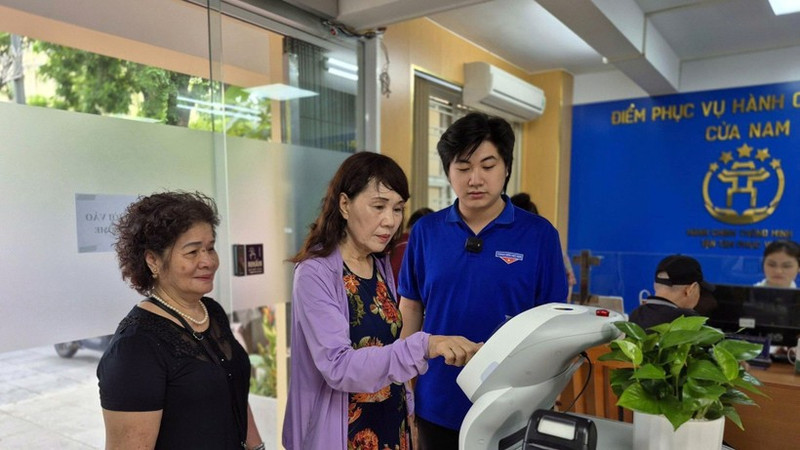
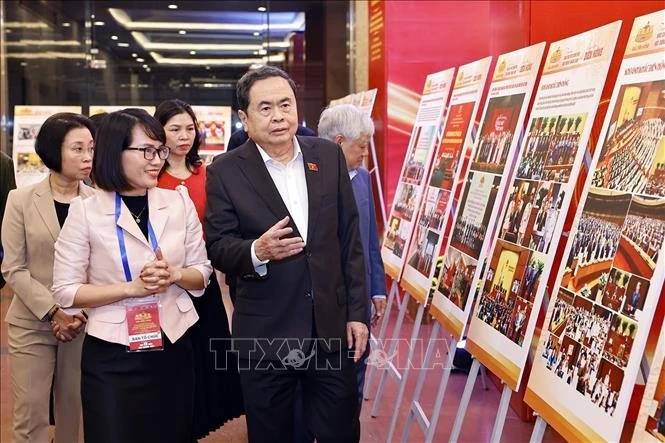
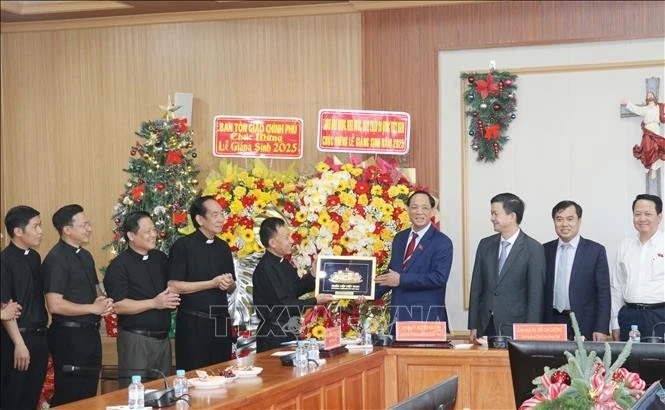
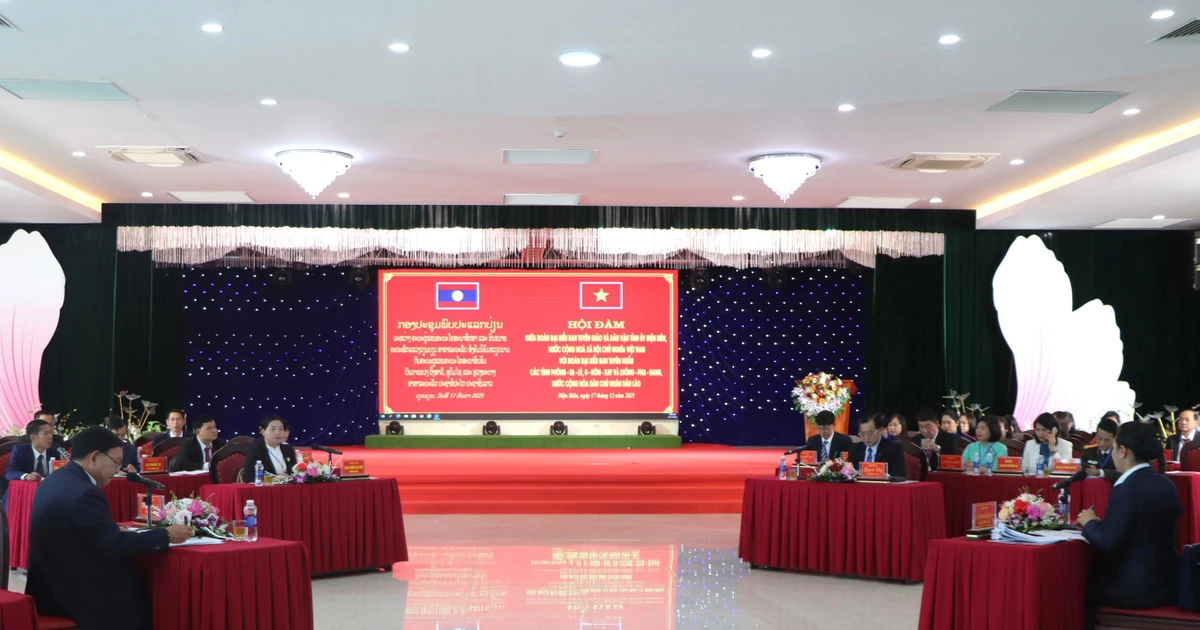
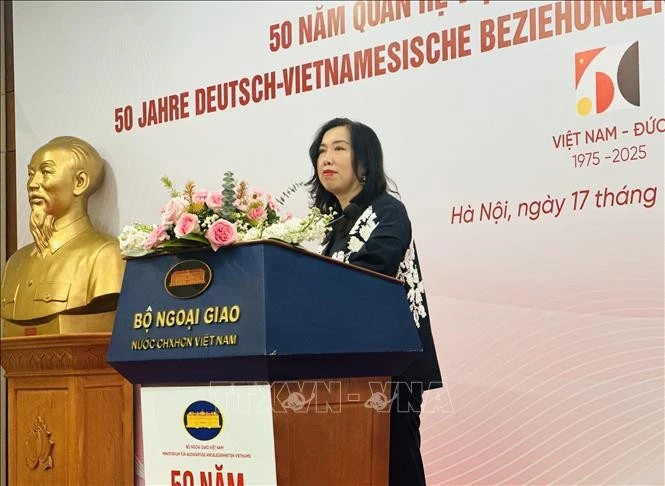
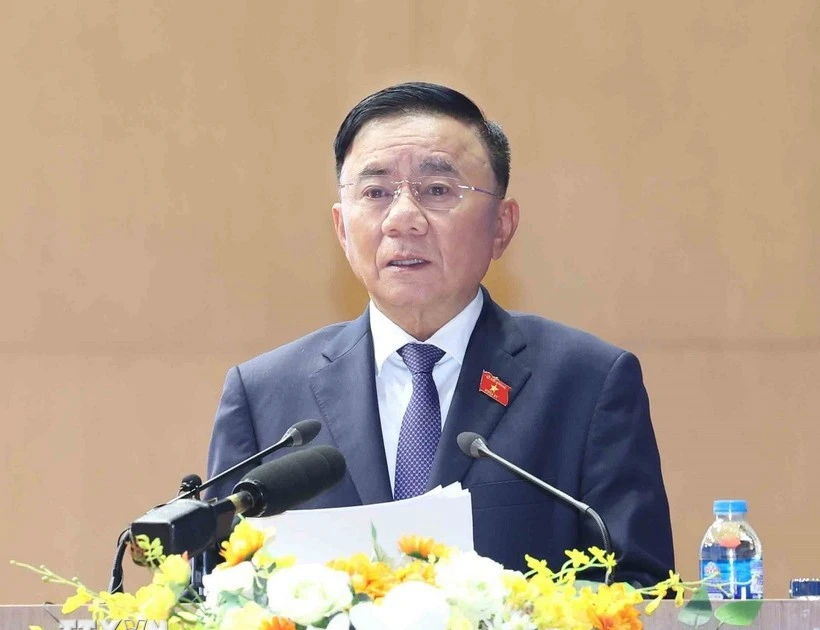


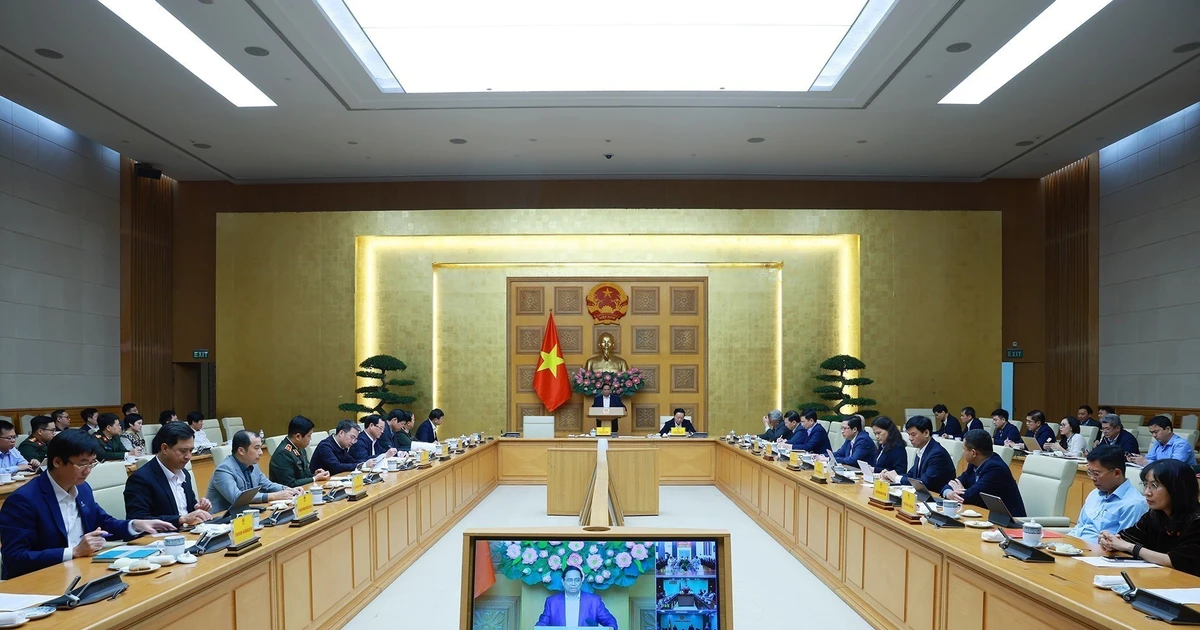
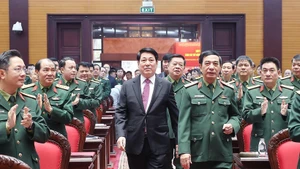


![[In Pictures] President Luong Cuong attends 2025 National Political-Military Conference](https://cdn.nhandan.vn/images/22f099ca8bc7ae81aa2a8d3416a84bf8f1fb70d71449a5e59c429f35d62edd7b904ff5e5499a5122b7234d367da37c7e97d67b378db0ac220574640b741d3d71/ndo_br_1.jpg.webp)
